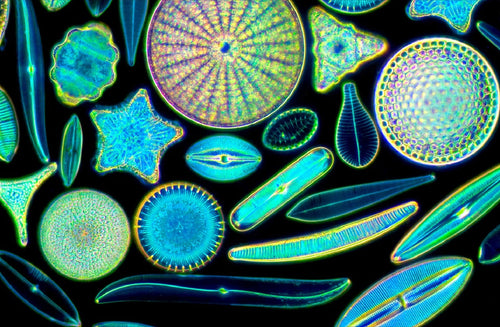
Diatoms - Nature’s Jewels viewed with a Microscope
Motic America
Diatoms are unicellular algae (Division Chrysophyta, Class Bacillariophyceae). Diatoms are microscopic in size, live in water, soil and moist en...
Read Article
Diatoms are unicellular algae (Division Chrysophyta, Class Bacillariophyceae). Diatoms are microscopic in size, live in water, soil and moist en...
Read ArticleGet inspired by Motic!

For transparent samples in light microscopy, dark field illumination is a simple and affordable contrast method. The idea of this technique is to display and...

In compound microscopes, an illumination parallel to the optical axis is the standard. A lot of hardware is implemented to ensure this axial illumination: Center-adjustable...

Different samples require different microscopes. This rule refers to the fact that an opaque, bulky sample with a reflective surface needs another treatment than a...

A closer look on Incident Light Microscopy reveals a new and noticeable fact. In a compound microscope for opaque samples, the objective plays two roles....

For sure, a genuine rendition of color is a basic demand on any light microscope. Using white light as the inspection tool for microscopic samples...

To judge the performance of a microscope, the FIELD of VIEW (FOV) is a criterion of interest. What is this “FIELD of VIEW”? In a...

One of the most frequently asked questions about digital imaging is: What is the total magnification showed on the screen? To answer this question, we need...